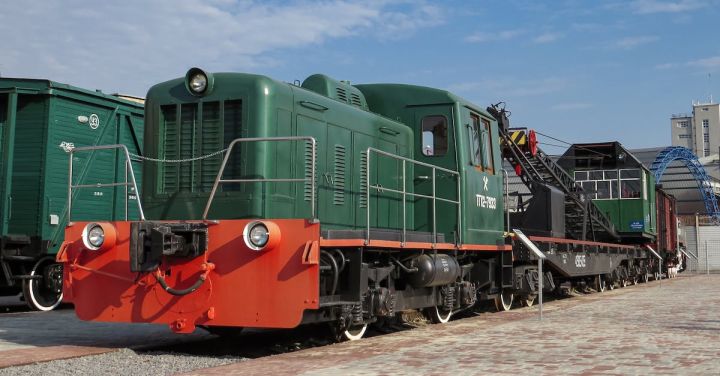In the history of transportation, the emergence of diesel locomotives marked a significant turning point. These powerful machines revolutionized the railways, replacing the steam locomotives that had dominated for over a century. This article aims to provide a retrospective study of the era of diesel locomotives, exploring their impact, advancements, and eventual decline.
The introduction of diesel locomotives brought forth numerous advantages. Unlike their steam counterparts, diesel engines did not rely on water and coal. This meant that trains could travel longer distances without the need for frequent refueling stops. Additionally, diesel locomotives were more efficient in terms of fuel consumption, resulting in cost savings for railway companies. Furthermore, these engines were less labor-intensive to operate and required less maintenance, making them a more practical choice for rail companies.
The development and improvement of diesel locomotives led to significant advancements in the railway industry. The introduction of lightweight materials and streamlined designs resulted in faster and more aerodynamic trains. This allowed for higher speeds and reduced travel times, making rail transportation more competitive with other modes of travel such as automobiles and airplanes. Additionally, the increased power of diesel locomotives enabled them to haul heavier loads, further enhancing their efficiency and productivity.
Diesel locomotives also played a crucial role in the expansion of railways across different regions. With their greater power and efficiency, rail networks could be extended to previously inaccessible areas. This opened up new opportunities for trade and transportation, facilitating economic growth and development. Diesel locomotives became the backbone of freight transportation, enabling the movement of goods across vast distances and connecting remote communities.
However, despite their numerous advantages, the era of diesel locomotives eventually faced challenges and declined. One significant factor was the rise of environmental concerns. Diesel engines emit more pollutants compared to electric or steam engines. As awareness of the detrimental effects of air pollution grew, there was a push towards cleaner and greener technologies. This led to the development and adoption of electric and hybrid locomotives, which offered lower emissions and reduced environmental impact.
Another factor contributing to the decline of diesel locomotives was the advancements in alternative modes of transportation. The rise of air travel and the improvement of road networks made rail transportation less competitive in certain contexts. High-speed trains and air travel became the preferred choices for long-distance travel, reducing the demand for diesel locomotives.
In conclusion, the era of diesel locomotives left a lasting impact on the history of transportation. Their introduction brought forth numerous advantages, such as increased efficiency, improved speed, and expanded rail networks. However, environmental concerns and advancements in alternative transportation eventually led to their decline. Despite their eventual decline, the legacy of diesel locomotives remains, as they played a vital role in shaping the modern transportation landscape.
